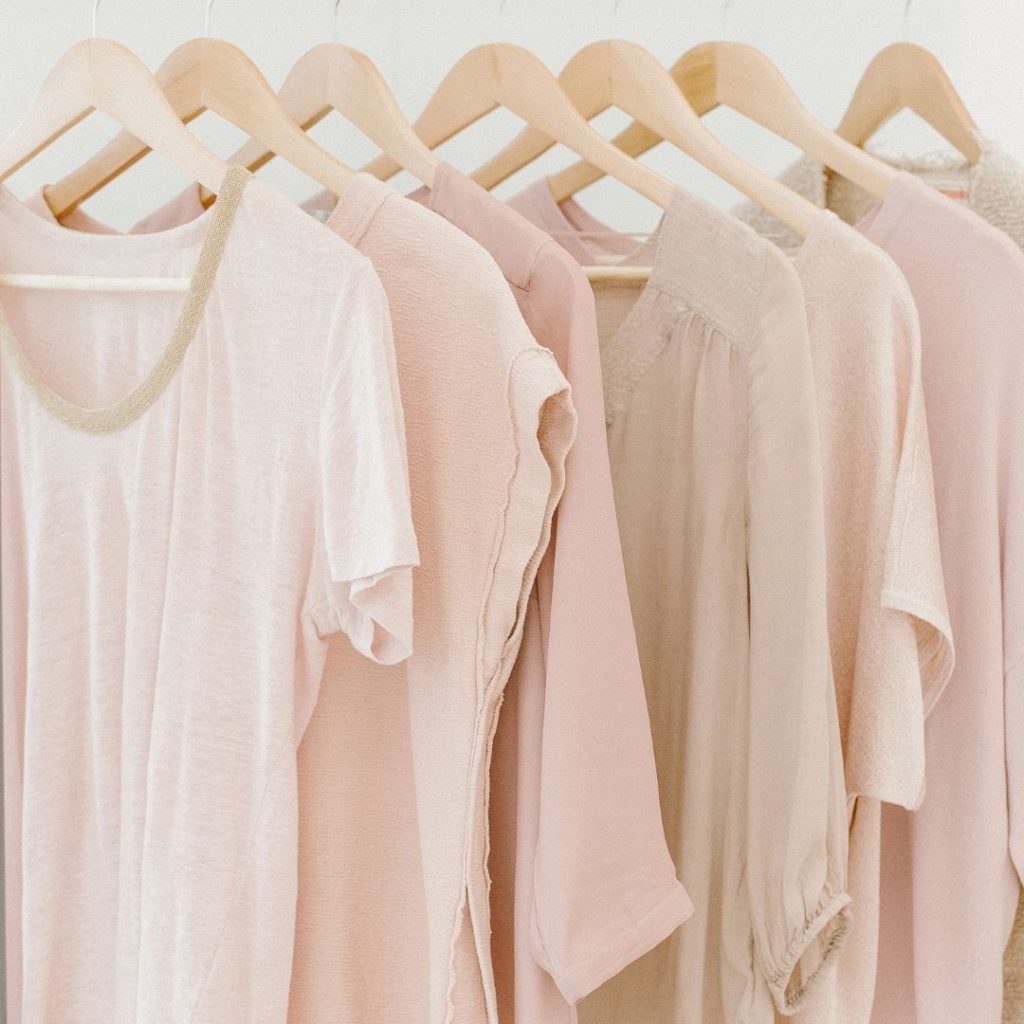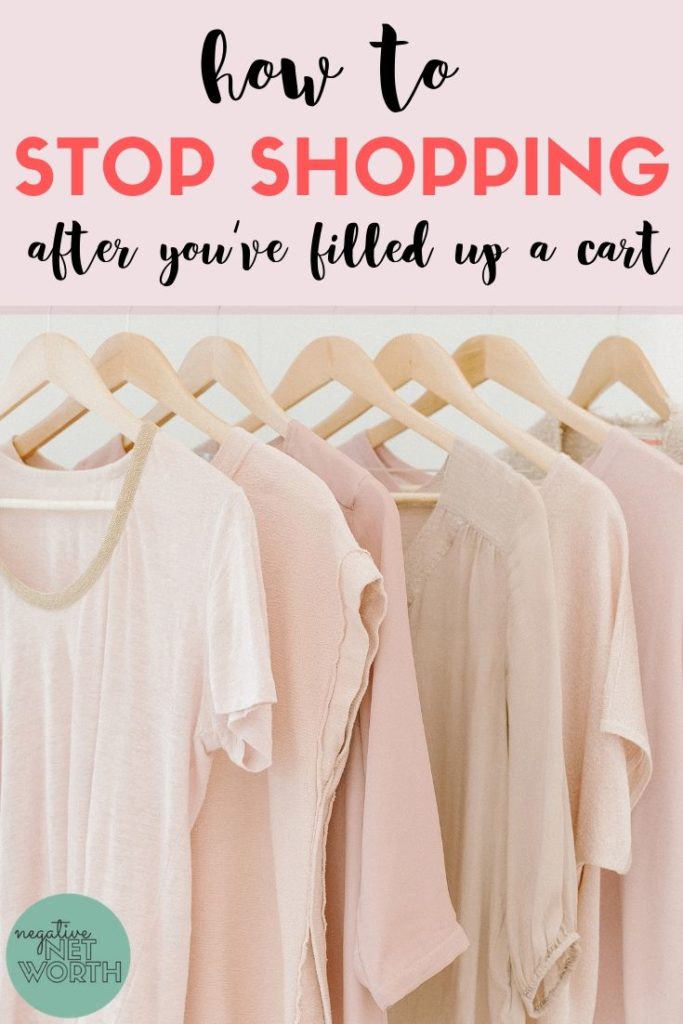
It’s too late, you think. Despite your best efforts to curb your spending and stop shopping, you are now staring down the proverbial barrel of a gun: you’ve filled a shopping cart with items, and are moments away from pulling the trigger and clicking, “Purchase.”
So how do you stop shopping when you’ve already gone this far? By utilizing a simple strategy: Talk Sh*t About the Items in Your Cart—and keep your money in your pocket.
While some might suggest simply clicking “X” in your browser, or walking out of the store, I’ve found it to be more sustainable, and satisfying, to go item by item, and avoid the purchase with the Talking Sh*t Strategy.
Here’s how to do it.
Ask yourself the following questions for EACH item in your shopping cart.
1. Do I already own this item, or something very similar?
If you are serious about curbing your spending and saving money, you do NOT need duplicates of ANYTHING in your possession. This includes your favorite shoes, an extra black handbag, or even an extra set of salad tongs. You don’t need it if you already have it. This especially goes for makeup.
If you do NOT own this item or something similar, still think very critically about the items in your possession already. Does this really fulfill a need, rather than a perceived want?
Finally, if you cannot answer this question—i.e., if you do not know whether you already have this item or something similar—immediately remove the item from your cart. You need to take stock of what is already in your possession before you buy anything else.
2. What is wrong with this item?
You must examine each item with a critical eye, and “talk sh*t” about it. What are this item’s flaws?
If it’s clothing, does this color or cut really work on you? If it’s makeup, when was the last time you really did a metallic cat-eye? If you would never use these items, why waste your money on them?
Even if you cannot find a fatal flaw with the item, you must find something “wrong” with it—even if that something is, “Buying this item will mean I lose my hard-earned money.” That is a flaw enough.
3. Can I really afford this item?
First thing’s first: if you are buying this item on credit, and are “waiting for your next paycheck” to pay it off, you cannot afford the item and must remove it from your cart immediately.
Second: if you have the cash on hand, but are in ANY kind of debt, you cannot afford the item and must remove it from your cart immediately.
Anytime you buy ANYTHING, it should pain you. Even if you love shopping—which is a love that needs to wane—you must cultivate an attitude that says, every time money leaves my pocket, it hurts.
Even if you can “afford” the item with the money already in your bank account, and you are not in any kind of debt, you should still ask yourself whether that money is better spent or saved.
4. How does your body feel, right this second?
Mindfulness strategies have been key in transforming me from a shopaholic to a smart consumer.
One of the ways I’ve done this is by assessing the feelings in my body when I have the urge to shop, and especially once I’ve filled a shopping cart. Is your heart racing? Are you anxious, excited, or nervous? Has your breathing quickened? When was the last time you took a walk? Do you need a meal? What about water?
So often, our shopping is about something other than the products we seemingly desire. If you are not calm and clear-headed when making a purchase, it’s in your best interests to stop.
5. What was the timeframe between your desire to purchase this item, and the placement of the item in your cart?
When you are in the throes of a shopping problem, you can go from 0 to 60 very quickly. If you see a sale post or email, it might not take long for to find things you “love” or “need” on nearly ANY retailer’s website, and within five minutes, have items in your cart that you purchase without any additional thought. At its core, impulse shopping is about the short time between the impulse and the purchase.
If the impetus for your purchase was an advertisement, email, or “deals” post that you recently saw…you must delete the items from your cart. This alone tells you that your purchase is not well-thought-out.
Once you’ve talked enough sh*t about the poor items in your shopping cart using the above strategies, you will find it much easier—and freeing—to delete your cart, avoid hitting “purchase,” stop shopping, and move on with your day…all while saving your hard-earned money.
You never needed that stuff anyway.

WANT TO REMEMBER THIS? SAVE THIS POST TO YOUR PINTEREST BOARD!


Leave a Reply